Raspberry Red : THIMBLEBERRY 9cm (3¼") pot (Summer Bearing)
$10.95
(Rubus parviflorus)
For a special treat try this unique native American cousin to the common raspberry. The sweet, bright red berry's aroma and intense flavour is akin to wild raspberries. In size and shape they resemble - you guessed it! - a thimble. Thimbleberries are floricane, in early spring a profusion of white flowers appear on the second year canes. The fruit grows on these long thornless canes which can reach up to 2m (6'), with foliage that resembles large, soft maple leaves. The ripening window is only about a week, so enjoy them fresh, and freeze the rest. Thimbleberry marmalade is also a renowned delicacy in some locales.
SELF-FERTILE | ZONE 4 | HARVEST: EARLY AUG
Only logged in customers who have purchased this product may leave a review.
Growing Tips
Before leaving the raspberries behind, let's briefly focus on their leaves. They are such a powerful tonic, you should grow some canes for this reason alone. Tea made with raspberry leaves (fresh or dried) is a potent elixir for all sorts of ailments. Do a bit of research or ask any qualified herbalist.
Raspberry canes MUST be kept moist until they are in the ground. In fact, we believe that the main reason that canes fail to grow is from the root hairs becoming dry at some point in the planting process.
We suggest using Soil Moist root dip (see page 81). Soak the roots for 1-2 hours just before planting. From our own experience it is highly effective. It is also recommended for other plants – blackberries, strawberries, etc.
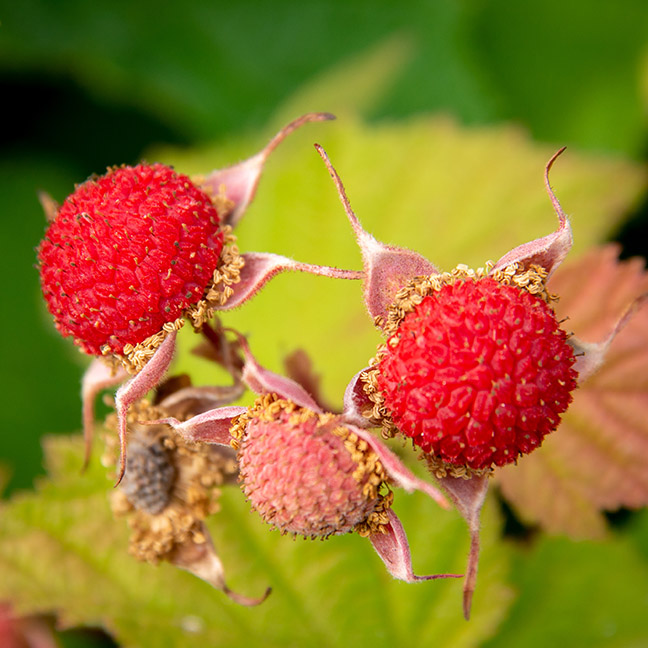
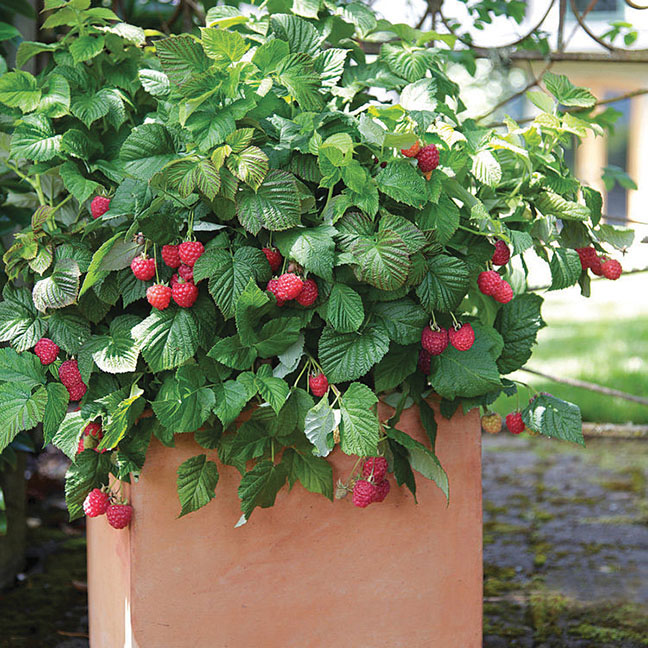
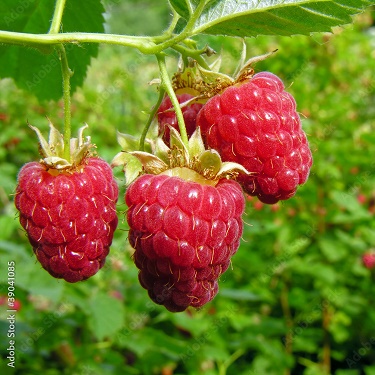
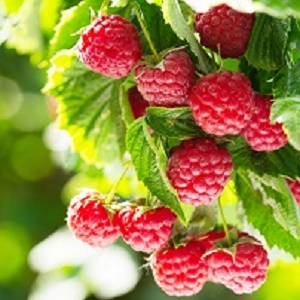
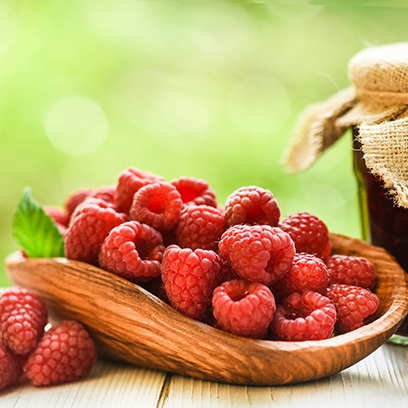
Reviews
There are no reviews yet.